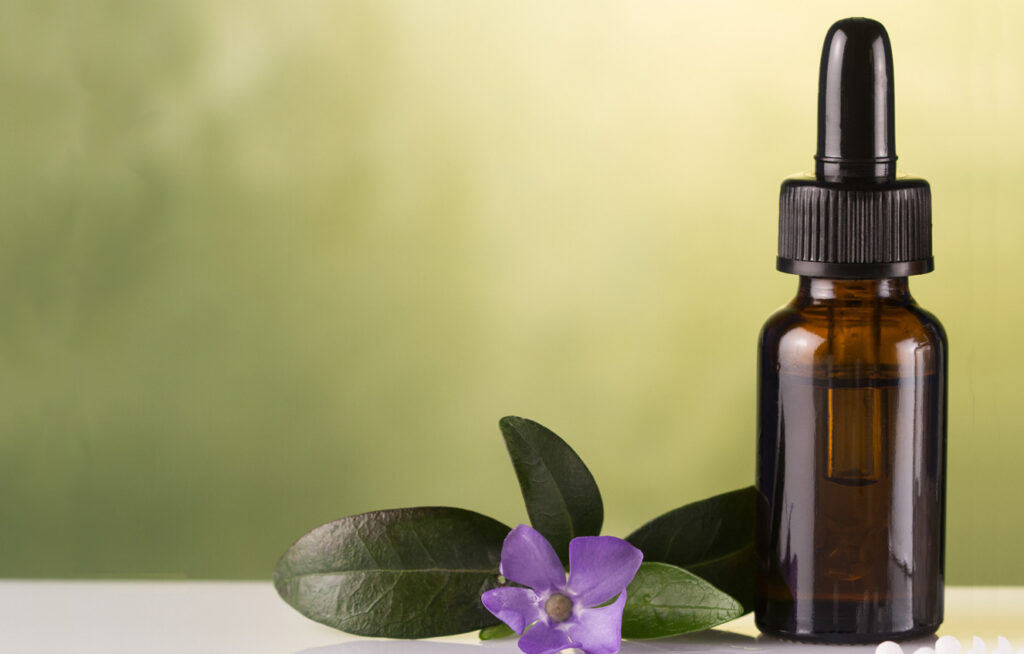This guide to aromatherapy aims to reveal the essence of aromatics, unravel its mysteries and present practical ways to incorporate it into your life.
An ancient practice dating back thousands of years, aromatherapy involves using natural plant extracts to promote health and well-being. Rooted in holistic healing traditions, it primarily utilizes essential oils to enhance both physical and emotional health.

A Guide to Aromatherapy
The Science
At the heart of aromatherapy is the olfactory system, our sense of smell, which directly connects to the brain’s limbic system – the area responsible for emotions and memories.
Inhalation of essential oil molecules triggers this system, influencing our mood, stress levels, and even hormone balance. Scientific studies have shown measurable effects of aromatherapy on both psychological and physiological parameters, confirming its therapeutic potential.
Essential Oils: The Heart of Aromatherapy
- Essential oils are the concentrated essences extracted from flowers, leaves, roots, and other parts of plants.
- Distillation and cold pressing are common extraction methods.
- When using these potent oils, it’s crucial to ensure quality and purity.
- Proper storage in dark, cool places, and adherence to safety guidelines, like dilution and skin patch tests, are vital for safe use.
Benefits and Uses of Aromatherapy
Aromatherapy offers a multitude of benefits. It can significantly:
- reduce stress
- promote relaxation
- enhance mood
- support mental clarity
- provide pain relief
- aid in physical healing
Additionally, it’s widely used in skincare due to its anti-inflammatory and rejuvenating properties.
Methods of Using Aromatherapy
There are several ways to enjoy the benefits of aromatherapy:
- Diffusion and Inhalation: Using diffusers or inhaling directly from a bottle or on a cloth.
- Topical Application: Applying diluted oils to the skin through massages, lotions, or balms.
- Aromatic Bathing and Compresses: Adding oils to bathwater or creating compresses for targeted relief.
Aromatherapy in Daily Life
Incorporating aromatherapy into daily life can be simple and enjoyable.
It can be as straightforward as using a diffuser to create a calming environment at home, adding a few drops of oil to a bath, or making DIY skincare products.
Choosing the right oils is crucial, and it’s recommended to start with basic, well-tolerated oils like lavender, chamomile, or peppermint.
A Guide to Aromatherapy – Internal Debate
Guide to Aromatherapy – Precautions and Considerations
While aromatherapy is generally safe, it can have side effects, particularly if essential oils are used incorrectly. For instance, improper dilution of oils can lead to skin irritation or allergic reactions.
- Some oils, like eucalyptus or peppermint, can be toxic if ingested, especially in large amounts.
- Overuse of certain oils may also cause headaches or nausea.
- Additionally, specific oils like rosemary and clary sage are not recommended for pregnant women as they can induce contractions or affect hormone levels.
Above all, it’s important to follow recommended guidelines for use and consult with a qualified aromatherapist or healthcare professional, especially when using aromatherapy for therapeutic purposes.
Similarly, be aware of allergies, and know that certain oils should be avoided by pregnant women, children, and those with specific health conditions.
Consulting a professional aromatherapist or healthcare provider is advisable for those new to aromatherapy or with underlying health issues.
Aromatherapy and Professional Practice
Meanwhile, in professional settings, aromatherapy is used by therapists and healthcare providers as a complementary therapy.
Professional aromatherapists undergo certification and training, ensuring they have the knowledge to use oils safely and effectively.
The Future of Aromatherapy
Aromatherapy continues to grow in popularity, with ongoing research into its benefits and applications.
Surging in popularity, aromatherapy is being driven by a rising consumer preference for natural products, a growing incidence of illnesses associated with lifestyle changes, and an uptick in the prevalence of skin conditions.
Additionally, it’s evolving, blending traditional practices with modern scientific understanding, promising exciting developments in holistic health care.
In Conclusion
As I’ve said, aromatherapy offers a unique and natural way to enhance well-being. With its roots in ancient practices and a growing body of scientific support, it invites us to embrace a more holistic approach to our health and wellness.
Guide to Aromatherapy – References and Resources
The use of essential oils for therapeutic, spiritual, hygienic and ritualistic purposes goes back to ancient civilizations including the Indians, Chinese, Egyptians, Greeks, and Romans who used them in cosmetics, perfumes and drugs. Oils were used for aesthetic pleasure and in the beauty industry. They were a luxury item and a means of payment. (Wikipedia)
For those eager to explore further, numerous books, websites, and organizations offer in-depth information and guidance on aromatherapy.
.
- Worwood, Valerie Ann (Author)
- English (Publication Language)
- 712 Pages - 11/15/2016 (Publication Date) - New World Library (Publisher)
- Lembo, Margaret Ann (Author)
- English (Publication Language)
- 360 Pages - 03/08/2016 (Publication Date) - Llewellyn Publications (Publisher)
- Farrow, Lena (Author)
- English (Publication Language)
- 210 Pages - 03/14/2024 (Publication Date) - Independently published (Publisher)



![The Essential Oils and Aromatherapy Bible: [7 in 1] Unleash the Power of Nature's Aromas | The Complete Guide to Natural Essential Oils and Aromatherapy for Health, Beauty, Relaxation, and Well-Being](https://m.media-amazon.com/images/I/51xe4TIKAcL._SL160_.jpg)